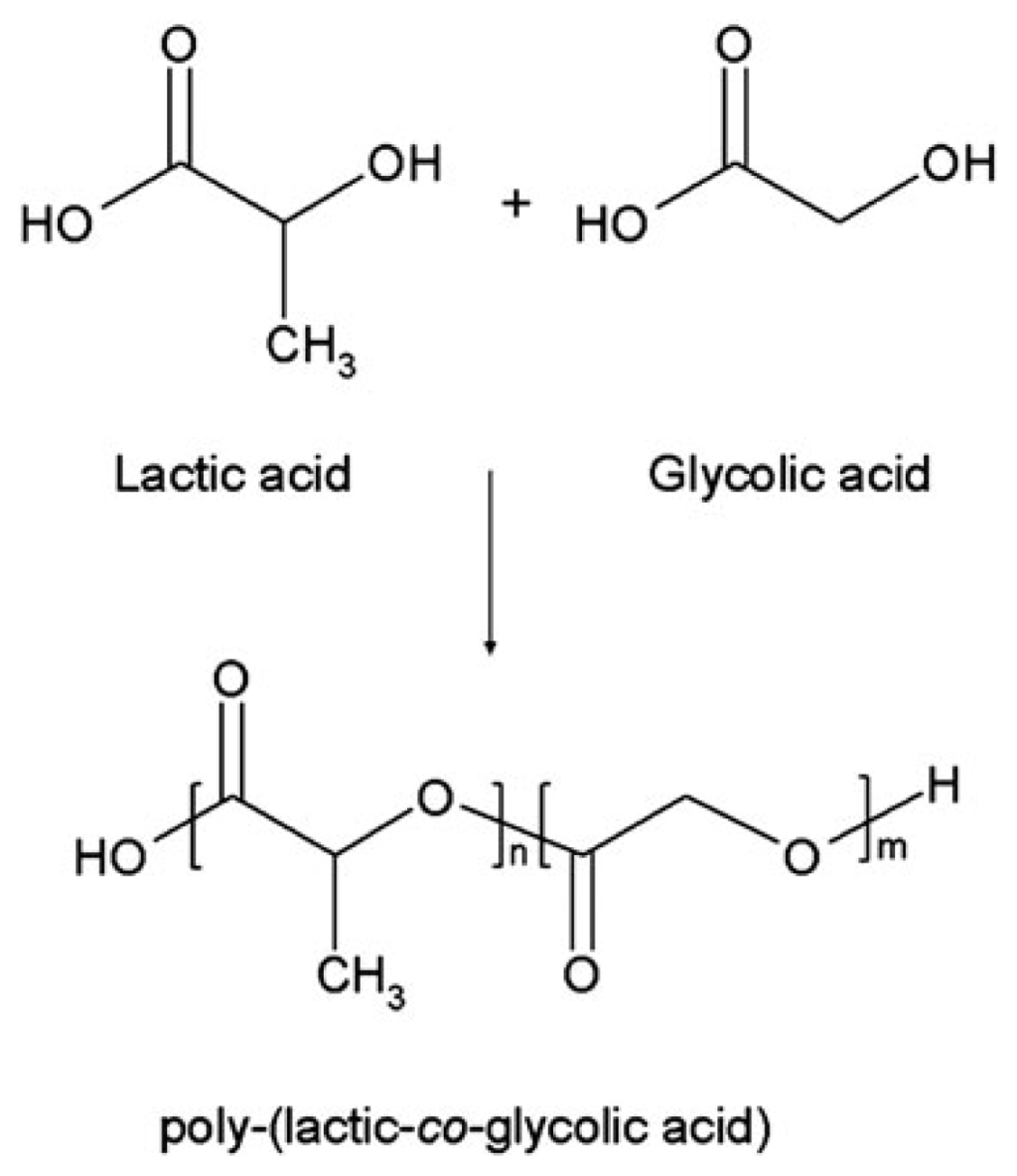
IJMS Free FullText An Overview of Poly(lacticcoglycolic) Acid (PLGA)Based Biomaterials
Lactic acid and poly (lactic acid) Poly (lactic acid) is an organic polymer derived from lactic acid, a chemical compound within organisms. As a result, lactic acid is one of the most important molecules in our bodies because it is a precursor in several metabolic pathways and is produced by animals, plants, and microorganisms.

ALL ABOUT POLYLACTIC ACID (PLA) Makenica 3d printing
Poly(lactic acid) (PLA) is susceptible to severe thermal degradation when processed at high temperature, especially above 200 °C. An unfavorable molecular weight reduction and weight loss induced by both hydrolysis and depolymerization reactions results in poor mechanical performance of obtained products. SSP is the most used technique for.
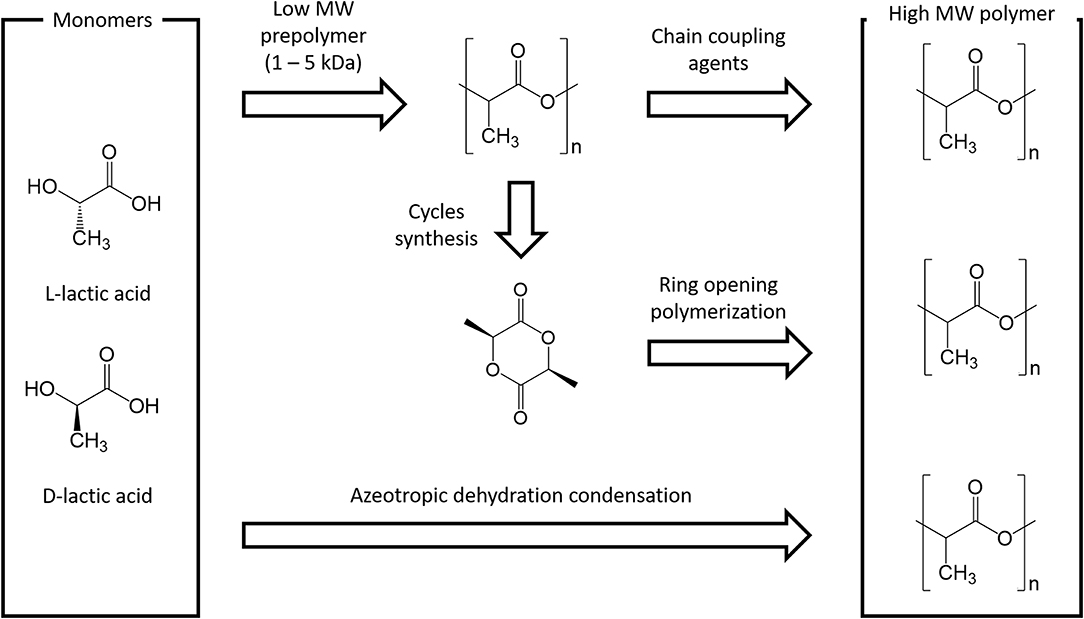
Filozófiai akció Vizsgálat poly lactic acid solubility Gyógyszer Nem nélkülözhetetlen biztató
Poly(lactic acid) (PLA) is a biodegradable and bio-based aliphatic polyester derived from renewable sources such as corn sugar, potato, and sugar cane. PLA has played a central role in replacing fossil-based polymers for certain applications [1], [2].
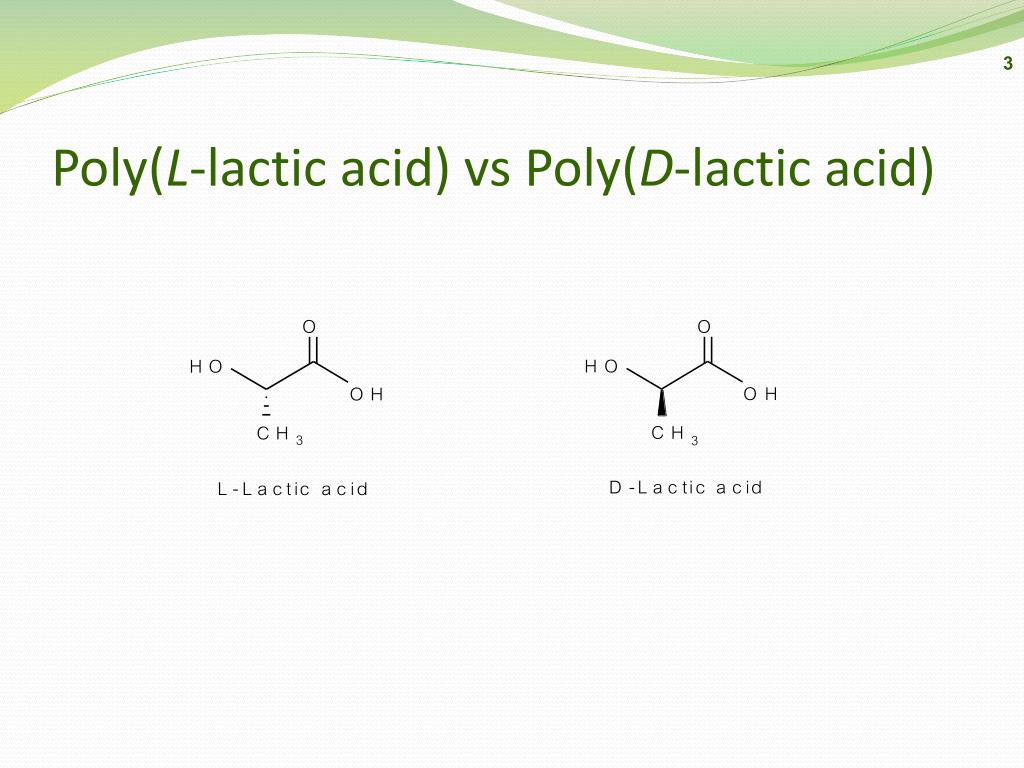
PPT Synthesis methods of poly(lactic acid) PowerPoint Presentation, free download ID2965873
2.1. Lactic Acid. Lactic acid is a monomer that comprises polylactic acid, and its existence is very common. It plays a vital role in the glycolytic energy cycle in organisms, as well as being an important substance for maintaining the growth and development of living organisms [].LA was first extracted from fermented milk by Swedish scientists in 1881.
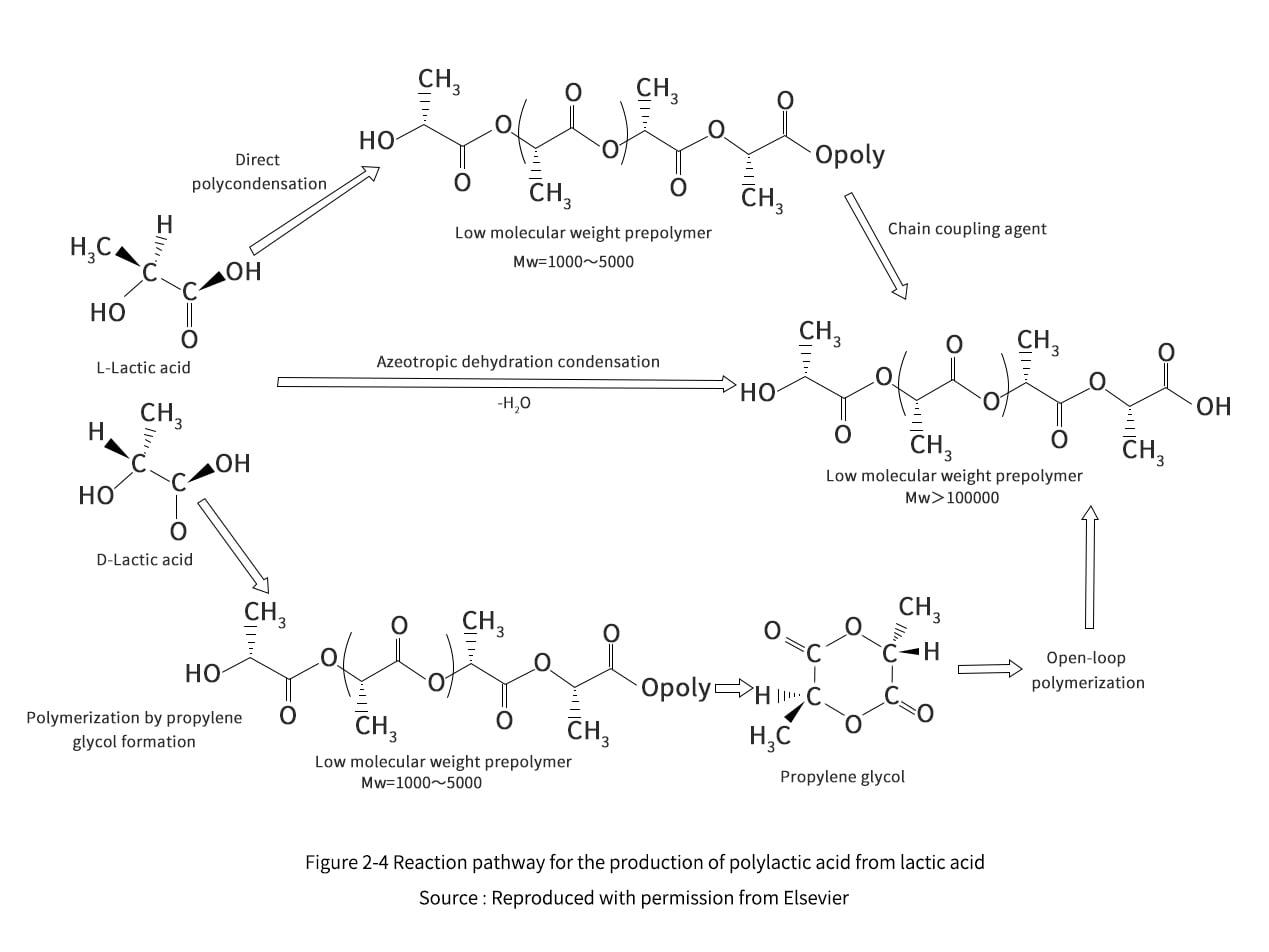
Polylactic Acid (PLA)
Carboxylic acid and alcohol end groups are thus concentrated in the amorphous region of the solid polymer, and so they can react. Molecular weights of 128-152 kDa are obtainable thus. Another method devised is by contacting lactic acid with a zeolite. This condensation reaction is a one-step process, and runs about 100 °C lower in temperature.
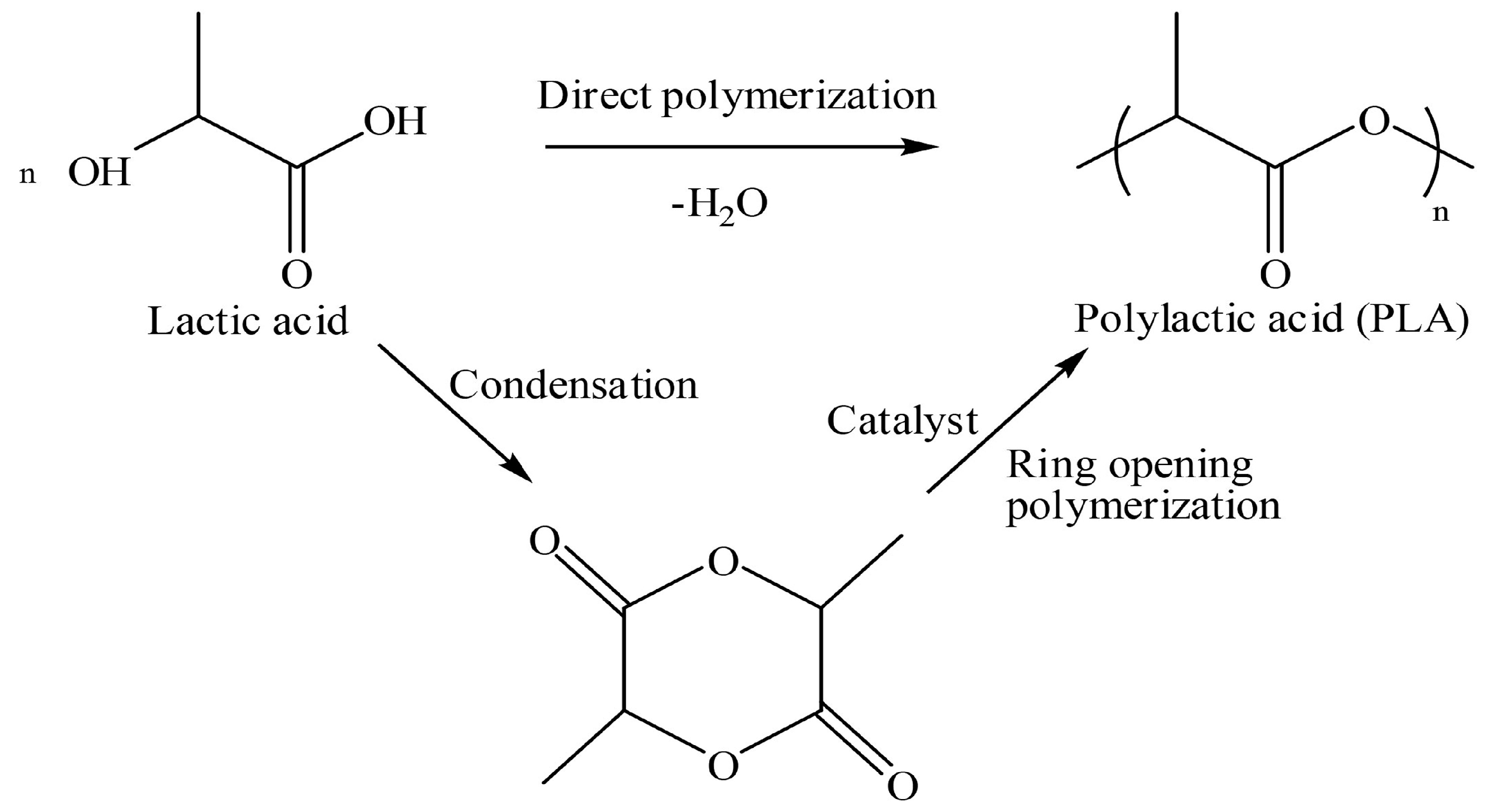
Materials Free FullText Green Composites Made of Bamboo Fabric and Poly (Lactic) Acid for
Polylactic acid (PLA) is one of the most promising biopolymers as it can be produced from nontoxic renewable feedstock. PLA has emerged as an important polymeric material for biomedical applications on account of its properties such as biocompatibility, biodegradability, mechanical strength and process ability.

Lactic acid chemical formula. Lactic Education Illustrations Creative Market
Synthesis of an Efficient Processing Modifier Silica-g-poly(lactic acid)/poly(propylene carbonate) and Its Behavior for Poly(lactic acid)/Poly(propylene carbonate) Blends. Industrial & Engineering Chemistry Research 2017 , 56 (49) , 14704-14715.

Poly Llactic acid from starch Download Scientific Diagram
Lactic acid (LA) is an important organic acid with broad industrial applications. Considered as an environmentally friendly alternative to petroleum-based plastic with a wide range of applications, polylactic acid has generated a great deal of interest and therefore the demand for optically pure l- or d-lactic acid has increased accordingly. Microbial fermentation is the industrial route for.

Polylactic acid, polylactide, PLA molecule. It is polymer, bioplastic, thermoplastic polyester
Polylactic acid (PLA) is one of the most prominent biopolymers and is considered the most promising candidate in many applications due to its properties, such as its elasticity, rigidity, thermoplastic behavior, biocompatibility, and good molding capacity [6]. PLA is a biocompatible thermoplastic aliphatic polyester that can be produced from.

Monomer and polymeric unit (a) Lactides and Polylactic Acid (PLA) (b)... Download Scientific
PLA is derived from lactic acid (LA), a linear aliphatic thermoplastic polyester [].It is recognized and classified as one of the aliphatic polyesters, similar to polyglycolic acid (PGA), and is commonly made from hydroxyl acids [].Due to the asymmetric carbon atom in its molecule, LA exists in two forms, L-LA and D-LA, as illustrated in Fig. 1.
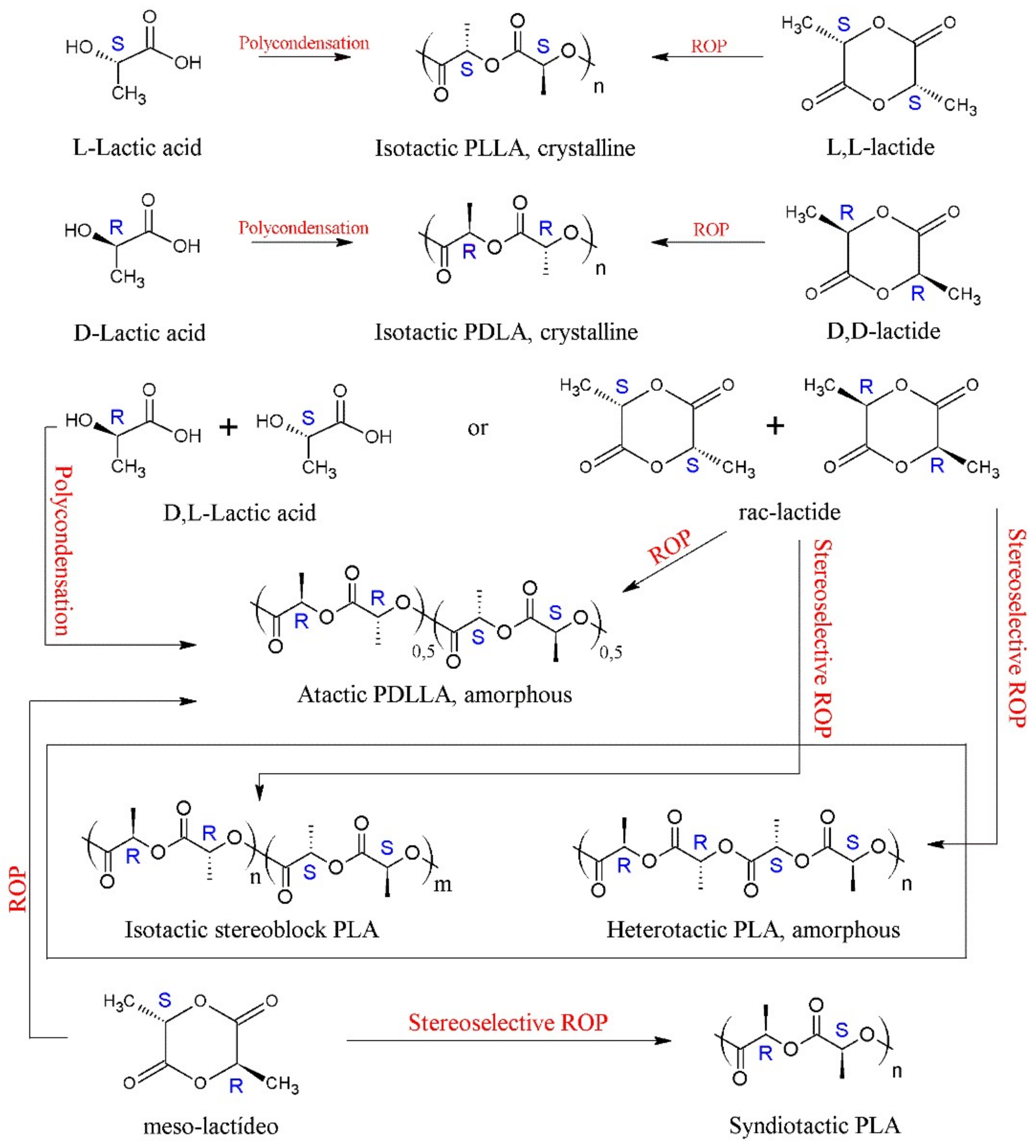
Overview of Polylactic Acid Encyclopedia MDPI
Polylactic acid (PLA) is one among such biopolymers, which is an aliphatic polyester derived from lactic acid (2-hydroxypropionic acid), that find wide applications in food packaging industry, tissue scaffolding, and biomedical devices. This paper focuses on an in-depth review on polylactic acid, its structure, and various properties of PLA.

Polylactic acid/PLA.
Abstract Poly(lactic acid) has emerged as a capable biodegradable polymer which has been proved to be an appropriate alternative for polyolefin. Monomer lactic acid being fermented by renewable sources makes it more reliable. Polycondensation of lactic acid and ring-opening polymerization (ROP) of lactide are the two extensively used polymer synthesis methods since 1900s that have been.

Poly(lactic acid) Degradation into Methyl Lactate Catalyzed by a WellDefined Zn(II) Complex
Poly (lactic acid) (PLA) is one of the most commercially successful bio-plastics (at least among the rigid ones) due to its good processability and mechanical properties. Its monomer, lactic acid, is derived from renewable sources, such as starch or sugar, through fermentation. The global production volume of PLA is around 190,000 tons in 2019.

Lactic acid shows which type of isomerism
The term "poly-lactic acid" refers to a variety of polymers made of lactic acid, including poly-D-lactic acid (PDLA), poly-L-lactic acid (PLLA), and poly-D, L-lactic acid (PDLLA) [88]. Extensive study has been done on the properties of PLA [89]. The properties of PLA are: solubility, surface energy, barrier property, mechanical properties.
Synthesis of polylactic acid (PLA) from land dlactic acids [28].... Download Scientific Diagram
1. Introduction. Owing to its versatility and good performance, polylactic acid (PLA) as a biodegradable polymer is regarded as one of the most favorable polymers to substitute petroleum-based plastics [1,2,3].The low toughness and poor thermal stability of PLA, however, restrict the usage of PLA in applications, such as food packaging and medical implants [].

Preparation of poly(lactic acid) from lactic acid, Ocarboxyanhydride... Download Scientific
Poly lactic acid (PLA) is often modified by physical methods such as the addition of plasticizers, nanofillers, and surface treatments to augment its properties . In nanocomposites, PLA is often blended with nanofillers like clay, carbon nanotubes, and graphene to improve PLA's barrier and mechanical properties.